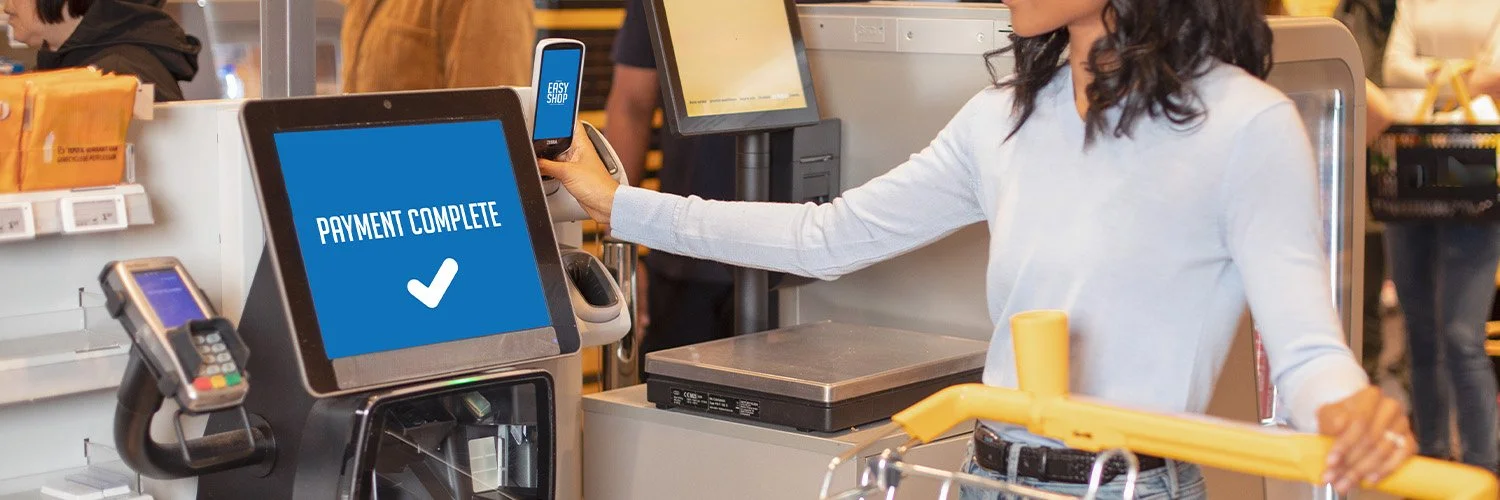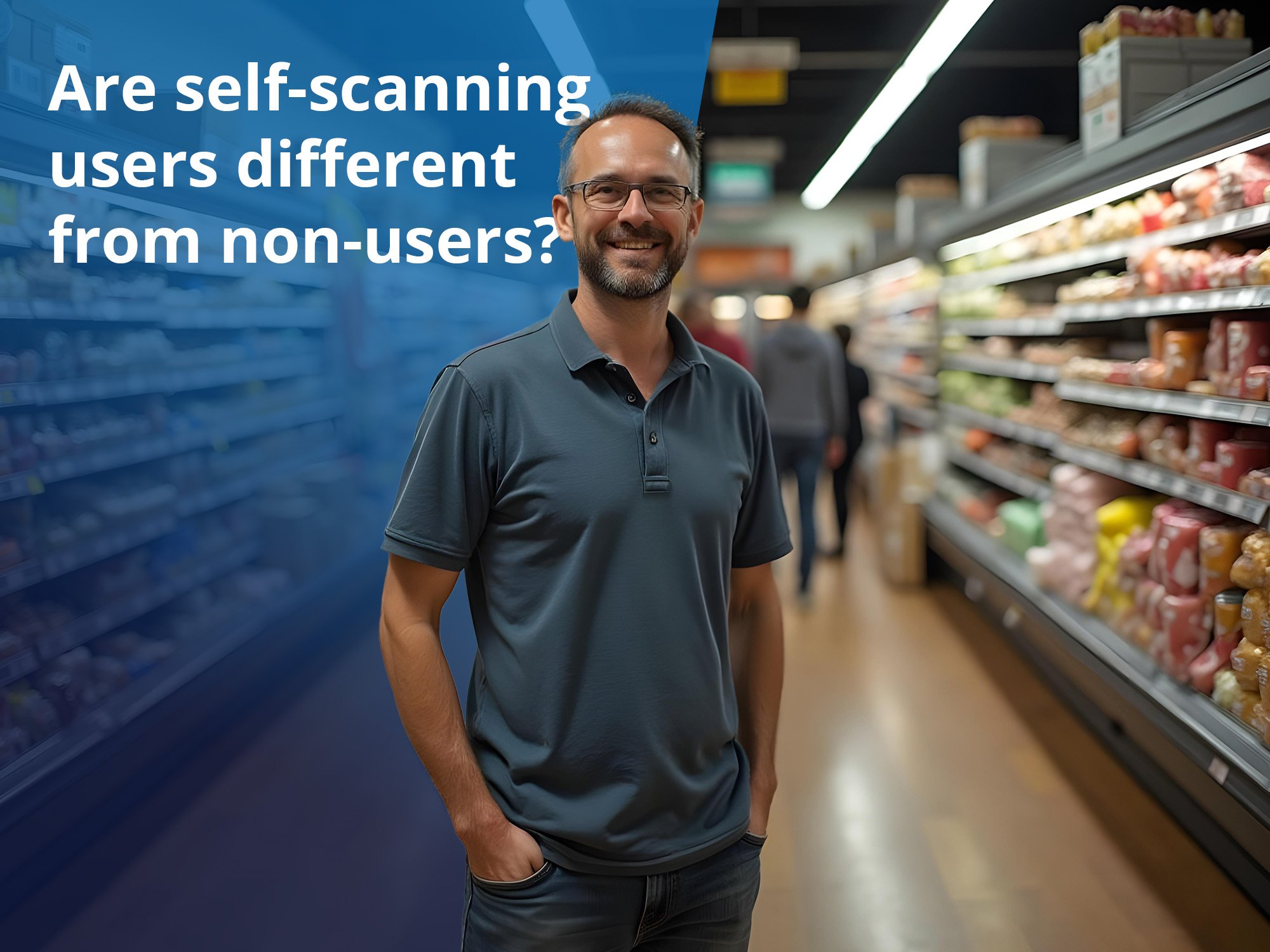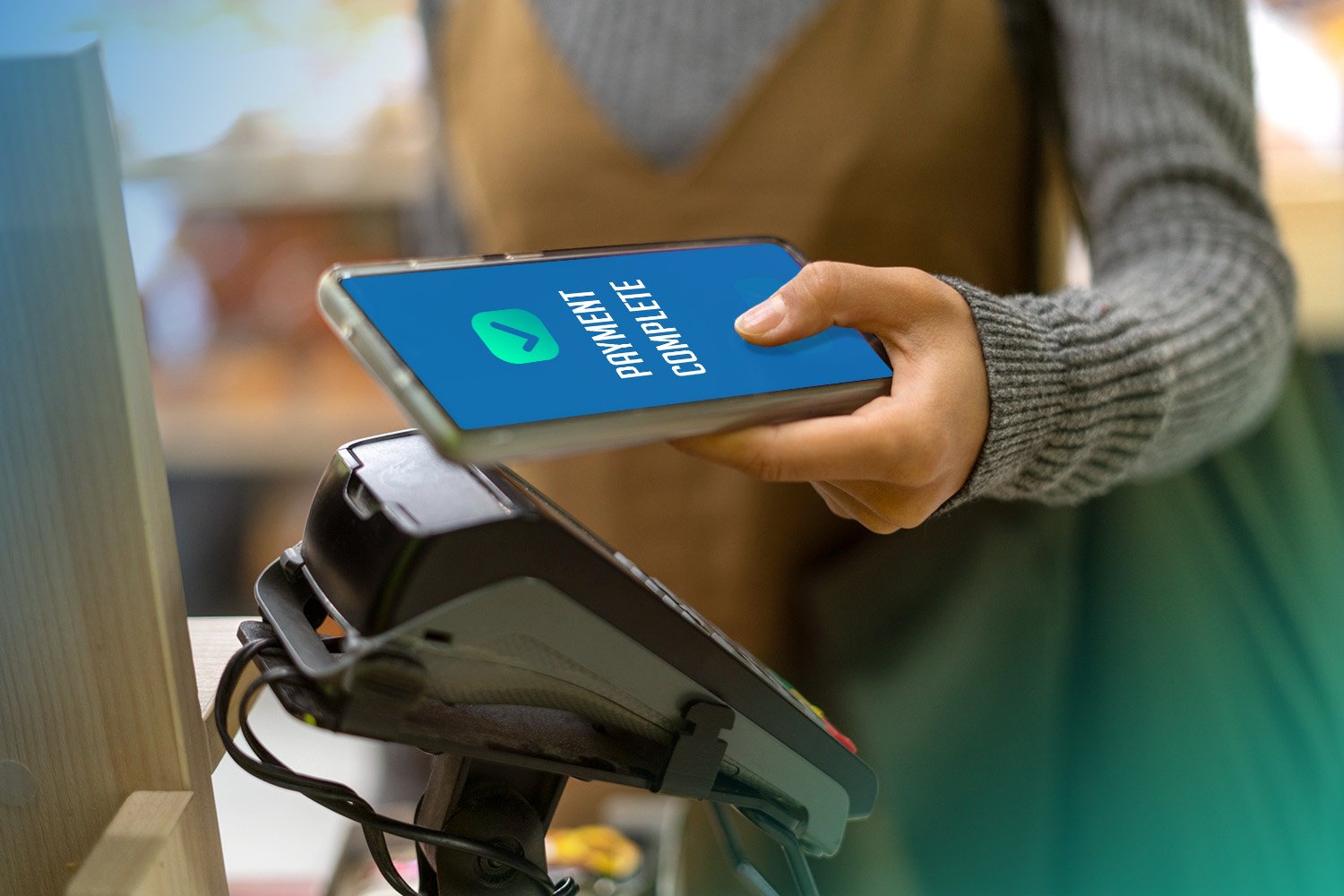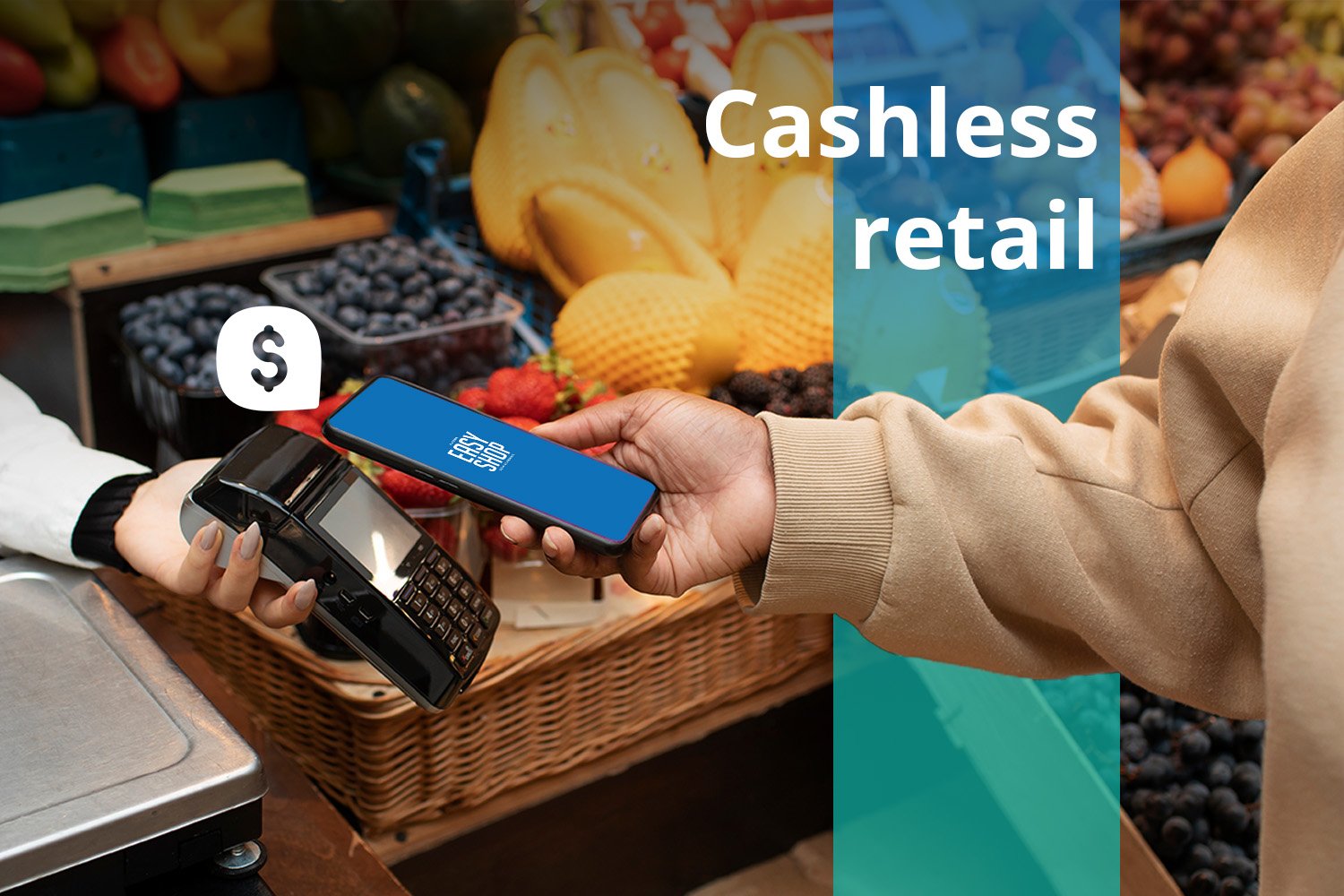Enhance the checkout experience with self-scanning
The checkout experience plays a critical role in shaping a shopper's overall satisfaction. Tedious and inefficient checkout routines can frustrate customers, but self-scanning offers a solution that’s fast, efficient, and convenient. Discover how self-scanning can transform the way your customers shop and elevate their experience here!
The importance of seamless checkout
When evaluating a shopping trip, a customer does not only take the product assortment into consideration. Factors such as waiting time, staff friendliness and payment solutions can play a major role in the overall perception among shoppers – and it can determine if they will return to the store or not.
One of the most prominent factors is the checkout experience. A successfully constructed checkout setup creates a seamless experience; there is no queue to the checkout area, the products are registered with ease, and several payment alternatives are provided.
However, retailers failing to streamline their checkout process risk losing shoppers to more accommodating competitors. Abandoned shopping carts, visible frustration and diminishing sales are some of the indicators of this.
The keyword for a great checkout experience is ‘convenience’ – this leads to increased customer satisfaction and returning customers. But how can this be achieved? Here are three ways retailers can minimize the friction at the checkout area – proven to enhance the shopping experience for shoppers worldwide!
Reduce the waiting time
One of the most tedious moments during the shopping trip is having to wait in line. Traditionally, the line only moves as fast the cashier can scan and register the items, and depending on the basket size of the shoppers ahead of you in the queue – this can take quite some time.
The queue is one of the first parts of the checkout, and with long waiting times and stressed shoppers, it is a recipe for disaster: 77 per cent of shoppers will not return to the store. Retailers should therefore be ready to implement measures to reduce the waiting time, whether it is by opening more manned checkouts, implementing self-service solutions or something else.
Enable easy and frictionless payment
The payment alternative is another factor that heavily affects the checkout experience. On many markets it is now common to go from cash to paying with credit cards etc., but is this enough? Some retailers accept all types of credit cards, whereas others are more selective in terms of which cards that are accepted. This can easily be a source of frustration among consumers – and affect their store preferences.
Furthermore, new technology such as NFC-payments and the possibility to pay using the smartphone has reduced friction even more – and it is wise for retailers to keep offering the most convenient payment solutions to their shoppers.
Provide an easy exit – but keep shrinkage low
When finished with their purchases, shoppers just want to leave. However, depending on the checkout setup, this isn’t always possible. Tesco’s infamous "stopping trolleys," which randomly locked as shoppers were leaving the store, is an example of a measure aimed at reducing shrinkage but with significant negative side effects. In addition to generating negative publicity, the trolleys angered shoppers, who highlighted the potential dangers of a suddenly stopping trolley.
And this is not an isolated event – plenty of retailers aiming to reduce shrinkage has implemented more or less effective solutions at the store exit, often at the expense of the shoppers’ convenience. Keeping shrinkage and theft low is of course essential, but retailers should implement solutions with proven efficiency – several self-service solutions have options for randomized searches, often customized to fit the customer behaviour of that specific store.
How does self-scanning enhance the checkout experience?
Several self-service technologies claim to solve many of the checkout issues that retailers and their shoppers face – self-scanning is one of the most popular solutions.
Reduced waiting time with self-scanning
With self-scanning there is no need for manual registration of product items at the end of the shopping trip – everything has been scanned and packed already. This is a time-saver for shoppers, and one of the main things that distinguish self-scanning from similar options such as self-checkout.
By having designated payment towers for individuals who use self-scanning, there will rarely be any lines – and less frustration among the shoppers.
Frictionless payment with self-scanning
As previously mentioned, designated payment areas for people using self-scanning is an appreciated feature, as it makes it possible for shoppers to simply pay using a debit or credit card before leaving the store. But self-scanning also makes it possible to pay directly in the device – whether it is a dedicated scanning device or smartphone. Many retailers choose to integrate their loyalty program directly with the self-scanning software, often with the option for shoppers to add their banking details or card number directly in the interface. This way, the payment will happen as the shopping trip is complete – without the need for any additional procedure.
Easy store exit with self-scanning
Exiting a store should be easy, and with self-scanning this is possible, without any added risk of theft of shrinkage. As the items are scanned and registered during the shopping trip, a smart self-scanning solution can detect suspicious behaviour and suggest basket checks when suitable. Moreover, as different stores experience different levels of shrinkage, the security level can also be tailored to fit the specific needs.
These security measures have a positive impact on the store exit as well, as self-scanning shoppers simply can show their receipt or a generated barcode to exit the store.
To conclude, the checkout setup is a highly important factor deciding whether or not a shopper is happy with their store experience – and there is often much retailers can do to ensure a seamless checkout. Implementing self-scanning can add value both for the retailer and their customers, and to make the checkout experience even better!





